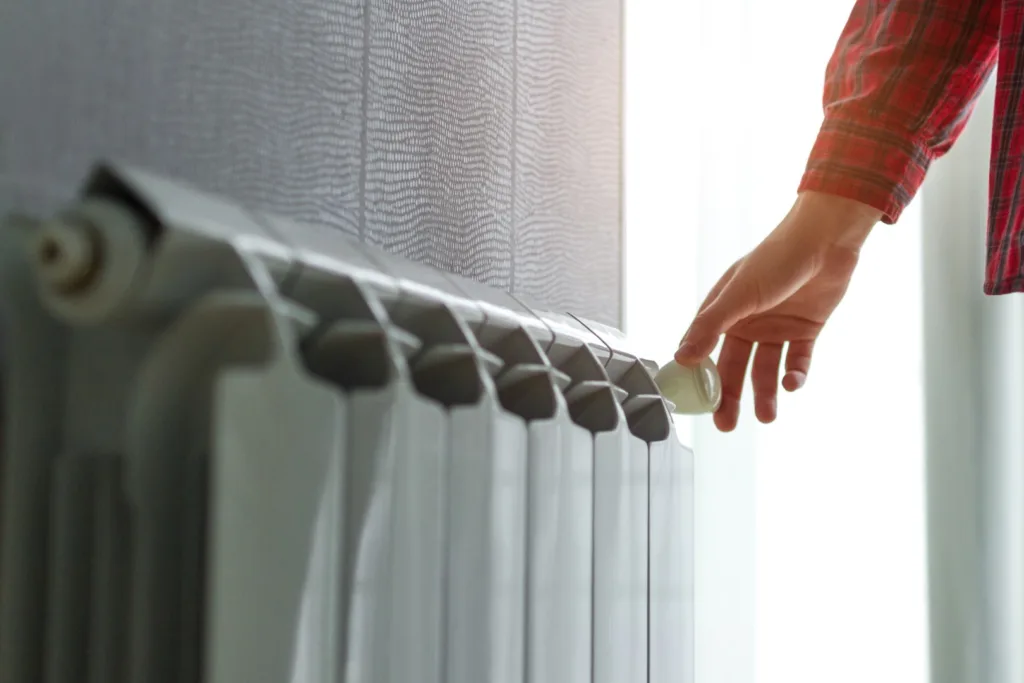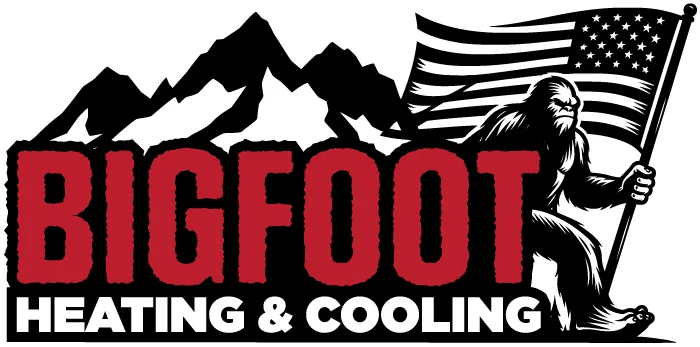
When it comes to heating your home, choosing the right system can mean the difference between being warm and cozy or cold and shivering. Two of the most common heating options are heat pumps and standard furnaces. While both systems keep your home comfortable, they operate in very different ways — and one may be better suited for your climate and budget than another.
How They Work
Heat Pump
A heat pump doesn’t generate heat the way a furnace does. Instead, it transfers heat from the outside air (even when it’s cold) into your home. During the summer, it works in reverse, cooling down your home like an air conditioner. Here’s a breakdown of how it heats your home:
Heat Absorption — The heat pump absorbs heat from the outside air and transfers it to the refrigerant.
Compression — The compressor heats the refrigerant gas further, creating a hot, high-pressure gas.
Heat Release — This hot gas then travels to the indoor coils, where it releases its heat into the air, warming your home.
Condensation — As the refrigerant releases heat, it cools and turns into a high-pressure liquid.
Expansion — The liquid then passes through the expansion valve, which relieves the pressure and temperature, cooling it and restarting the cycle.
Furnace
A furnace creates heat by burning fuel (natural gas, propane, or oil) or using electricity. That heat is then distributed through ducts to warm the home. Furnaces only provide heating, so if you need cooling, you’ll need to invest in an air conditioner. Here’s a breakdown of the furnace heating cycle:
Thermostat Calls For Heat — When the indoor temperature drops below the thermostat’s set point, it signals the furnace to begin the heating process.
Draft Inducer Fan Starts — A fan draws air through the system to provide oxygen for the burners and to vent combustion gases safely out of the house.
Gas Ignites — A gas valve opens, and a hot surface igniter or spark lights the gas at the burners, creating a flame.
Heat Exchanger Gets Hot — The flame from the burners heats a metal heat exchanger, which absorbs the heat from the combustion.
Blower Fan Activates — After a short pause to allow the heat exchanger to warm up, the blower fan turns on.
Warm Air Circulates — The blower draws cool indoor air across the heat exchanger, warming it. This warm air is then pushed through supply ducts to the rooms of your house.
This process continues until the air in the home reaches the temperature set on the thermostat.
Energy Efficiency

Heat Pump
Heat pumps are highly energy efficient, especially in moderate climates. Because they transfer heat from a cool space to a warm space instead of generating it, they can provide up to three times more heating energy than the electricity they consume. To ensure your heat pump saves the most energy and protects the climate, invest in an Energy Star-labeled product.
Furnace
Typically, furnaces tend to be less efficient, especially older models, though modern high-efficently furnaces can reach a rating of 90% or more. To find your furnace’s energy efficiency, find the bright yellow label on your unit. This typically displays the efficiency percentage.
Cost Considerations
Upfront Cost
Heat pumps generally cost more to install than furnaces. However, they replace both a furnace and an air conditioner, which can make them a more cost-effective solution in the long run. Additionally, mini-splits or other models can be less expensive to install.
Operating Costs
In regions with mild winters, heat pumps often have lower operating costs. In colder climates, furnaces may cost less to run, especially gas furnaces. However, overall, if you have a propane or electric furnace, switching to a heat pump will save you money.
Comfort and Performance
Heat Pumps
Heat pumps provide steady, consistent warmth, but the temperature may feel less intense than furnace heat. You may need to use supplemental heating during freezing temperatures to maintain comfort, so heat pumps are better suited for milder climates.
Furnaces
Furnaces heat air quickly and deliver warmer blasts, which some homeowners may prefer during very cold weather. They are also quieter than heat pumps and are unaffected by outdoor temperatures.
Which Should You Choose?
Heart Pump — You should invest in a heat pump if you live in a mild to moderate climate, care about energy efficiency, and want one system for both heating and cooling.
Furnace — A furnace may be a better option if you live in a cold climate and want powerful, reliable heating even in sub-zero temperatures.

Dual System — Some homeowners may opt for a hybrid system (heat pump plus furnace), using the heat pump most of the year and switching to the furnace when the temperatures drop too low.
The Bottom Line
When deciding between a heat pump and a standard furnace, there’s no one-size-fits-all solution. A heat pump provides year-round comfort in milder climates, while a furnace provides powerful, reliable heat even in the coldest conditions. Consider your local climate, budget, and energy goals when choosing a system to have the best balance of comfort and savings.

Follow Us